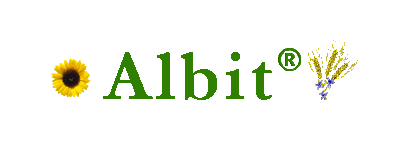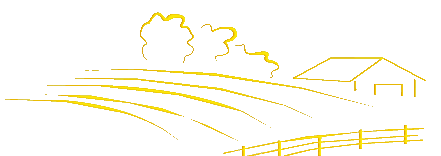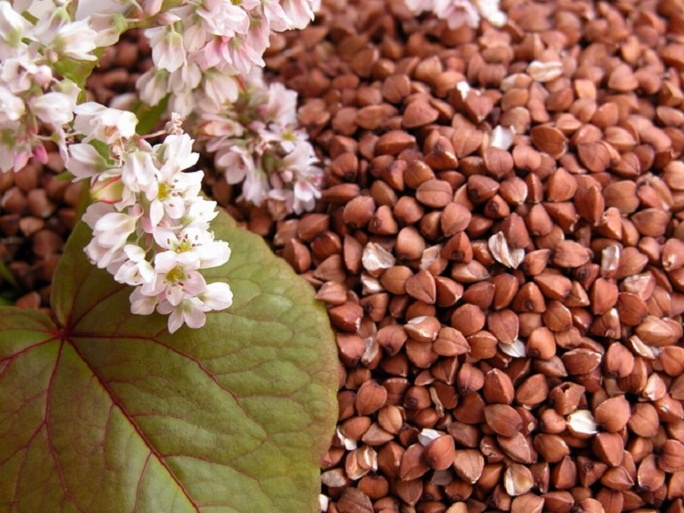|
|
On buckwheat Albit is applied as antidote for reducing of phytotoxic effect of pesticides. Also Albit increases germination, activates growth and development, increases resistance to disease, to unfavorable climate conditions, increases yield, improves yield quality. Influence of Albit on buckwheat was examined in trials conducted by All-Russia Institute of Leguminous and Groat Crops of Orjol oblast and in other institutes and farms. Since 2002 field trials have been conducted on buckwheat var. Dikul and on other varieties. According to results of trials, effectiveness of Albit was not inferior to that of potassium humate (chemical standard). In these trials, Albit increased:
Yield increase of buckwheat under influence of Albit might reach averagely up to 44.9% over control. Possibly, it occurs because the high yield potential of buckwheat is not revealed yet. The real productivity is still lag behind of biological potential; buckwheat is considerably inferior to all crops in terms of yield and yield stability. The average yield of buckwheat in Russia in 1994 was just 0.44 t/ha. However, buckwheat is able to provide yield of 2.5-3.0 t/ha and even more. The causes of low yield despite of high biological potential take great attention of scientists for a long time. There are virtually two groups of causes of low yield, agrotechnical and biological ones. Agrotechnical causes are:
Biological causes are:
Albit helps to overcome the ‘native disadvantages’ of buckwheat: it improves rootage, increases overground biomass/foliage growth (averagely by 18.9%). Moreover, Albit stimulates supplying of generative organs with nutrients (see here). As a consequence, Albit helps to realize the high potential of productivity. In addition, Albit increases drought resistance that increases yield in droughty years up to 50% in field conditions. Application recommendations: According to results of trials, the most effective way of Albit application is presowing treatment; application rate of Albit is 50 mL/t (application rate of working solution - 15 L/t). Since sowing rate of buckwheat is 70 kg/ha, treatment takes just 3.5 mL of Albit per hectare. Despite presowing seed treatment of buckwheat is considered to be the main one, according to data from farms of Altai kray, foliar spraying in first half of vegetation period (40 mL/ha) is also effective. Additional application of Albit as antidote is recommended for maximal anti-stress effect (foliar spraying at the first half of vegetation season, 40 mL/ha). Economical efficiency: In conducted trials Albit demonstrated high economical efficiency. According to data of All-Russia Institute of Leguminous and Groat Crops (2003). For all available reports, please see corresponding table on Russian webpage
|
|
||||||||||||||||||||||||||||||||
Terms and Conditions
|
|


 The
data about influence of Albit on buckwheat are reported in 9-th Buckwheat
International Congress: Zlotnikov A. K., Stefanina S. A., Kirsanova E. V.,
Glazova Z. I. (2004) Influence of biopreparation Albit on sowing characteristics
and yield qualities of buckwheat seeds. In: Advances in Buckwheat Research.
Proc. 9th Int. Symp. on Buckwheat, Prague, August 18 22, 2004. Prague. p.
499-500.
The
data about influence of Albit on buckwheat are reported in 9-th Buckwheat
International Congress: Zlotnikov A. K., Stefanina S. A., Kirsanova E. V.,
Glazova Z. I. (2004) Influence of biopreparation Albit on sowing characteristics
and yield qualities of buckwheat seeds. In: Advances in Buckwheat Research.
Proc. 9th Int. Symp. on Buckwheat, Prague, August 18 22, 2004. Prague. p.
499-500.